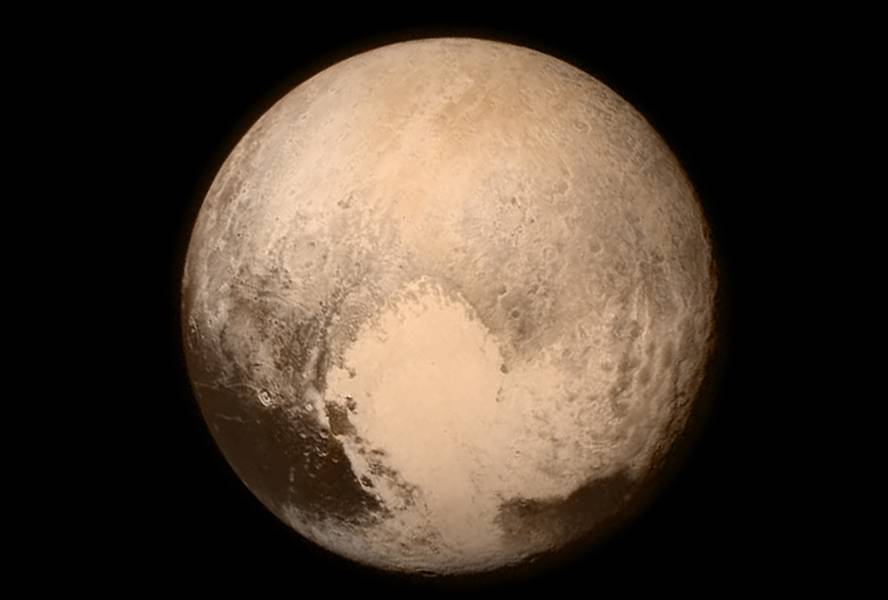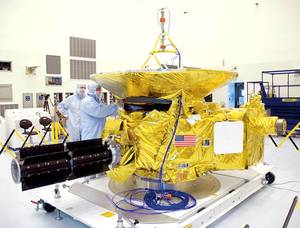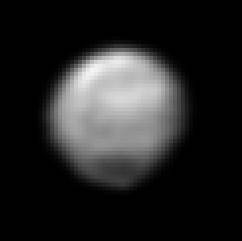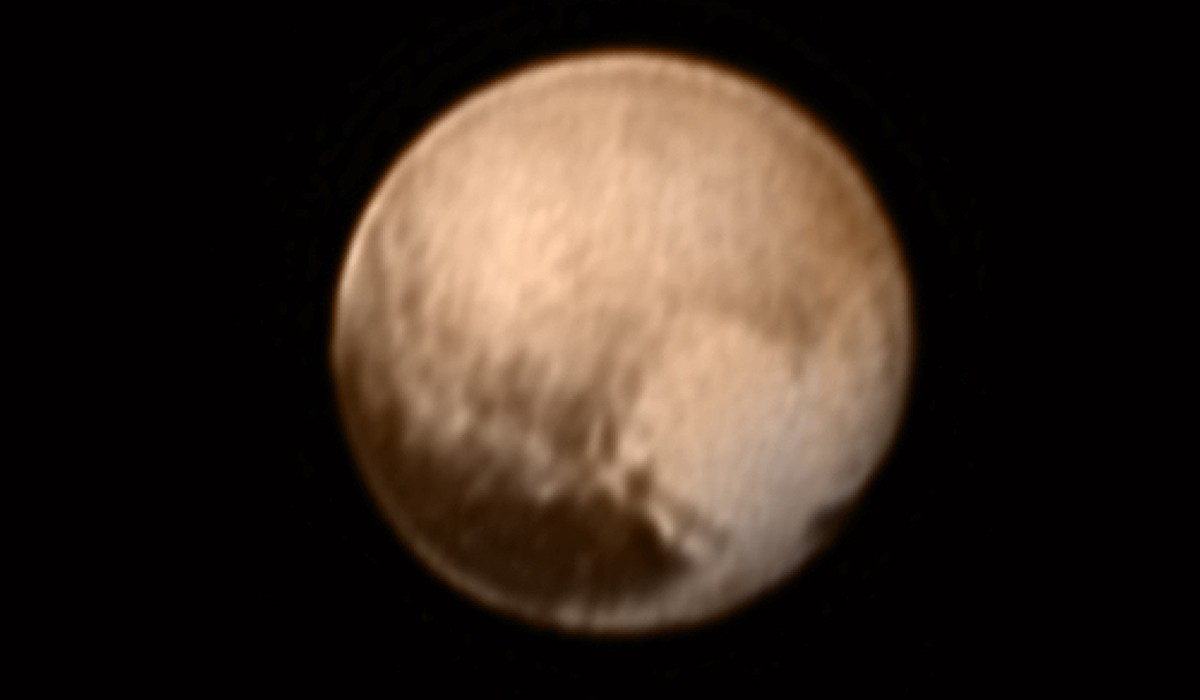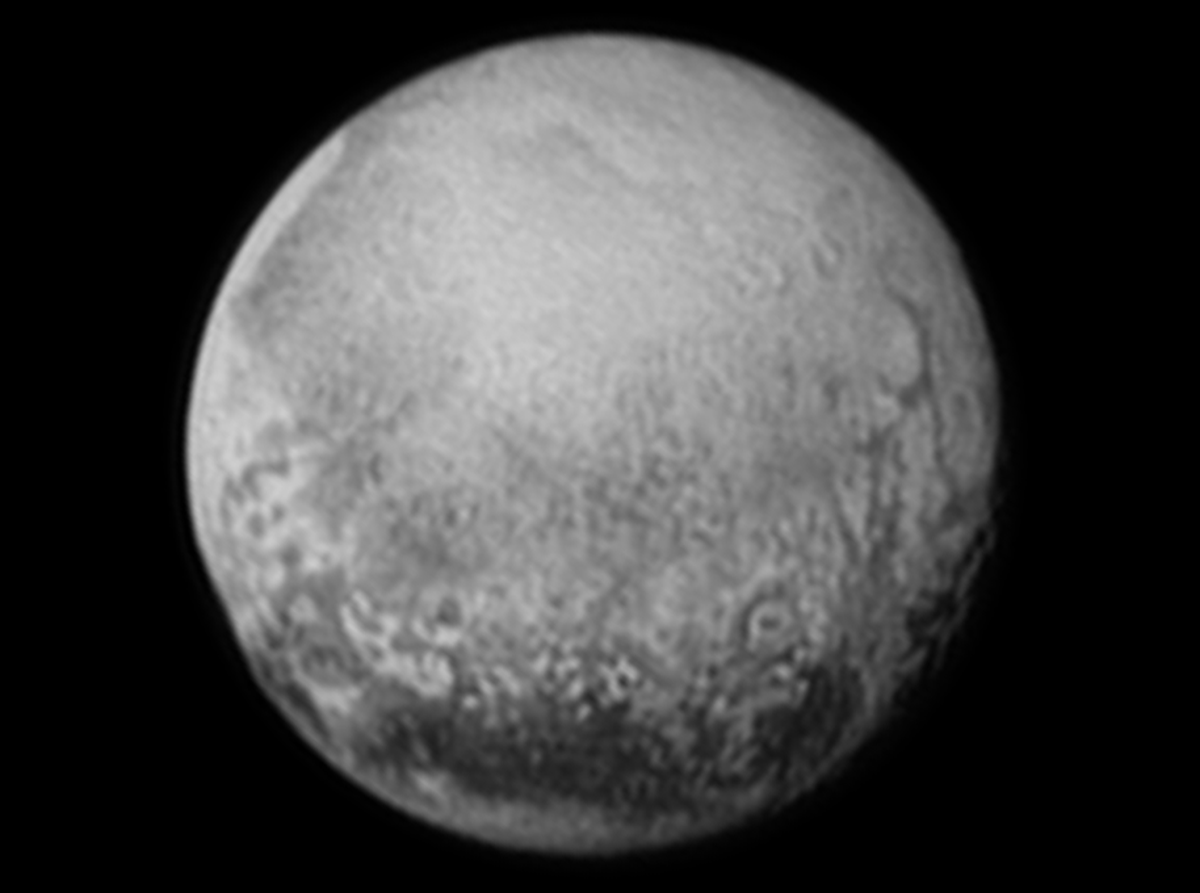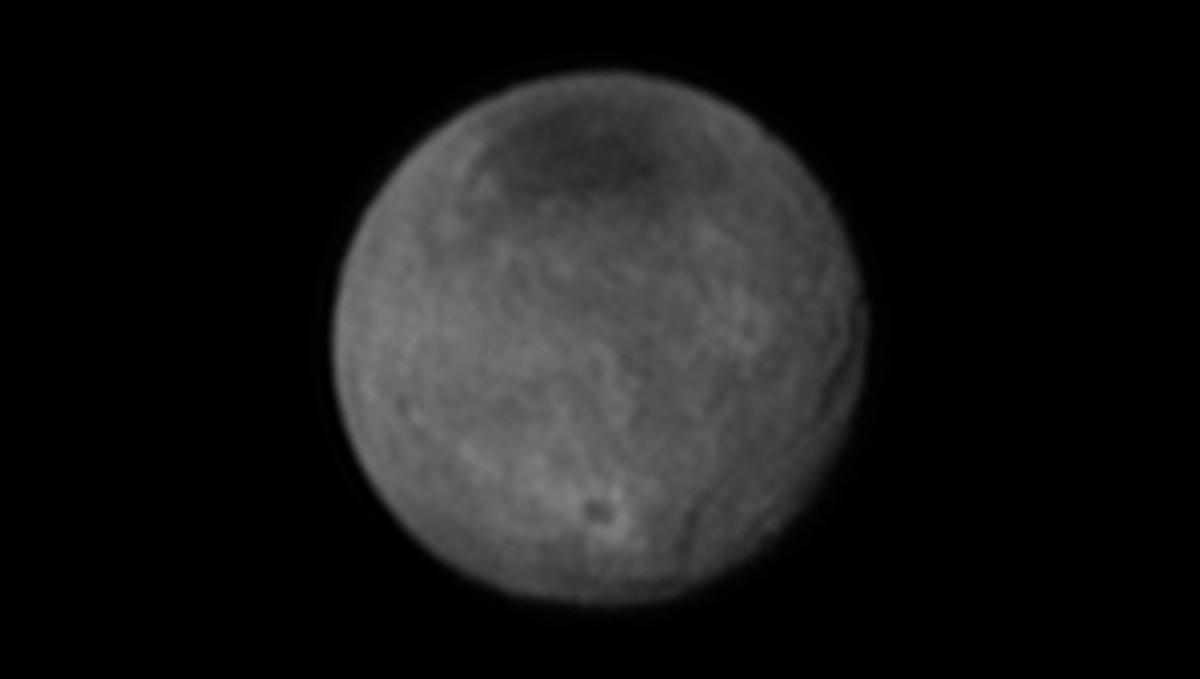It's next to New Horizons Pluto
If everything went well, NASA's New Horizons probe has already arrived next to Pluto. Nine and a half years, and after covering about 5 billion kilometers, it has reached its closest point to the dwarf planet, 12,500 kilometers.
However, today we will not know, as the probe will hardly send information, as it will have enough work to perform as many observations as possible. After passing through its closest point to Pluto, at 14:04 it has passed through its closest point to Karon, although it has remained very far from Pluto, to 29,000 kilometers. The tour is designed to then pass through the shadow of Pluto and Karon. In this way you can study the atmosphere of Pluto and check if Charon also has atmosphere.
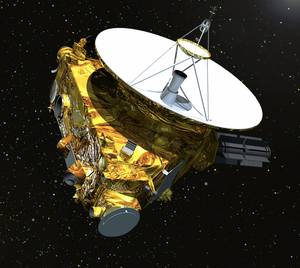
Then, on a good path, he will call his house to tell him that everything has gone well. The desired call will arrive at the small hours of the night (2:53), when the team leading the mission, member of the John Hopkins University Laboratory of Applied Physics, will celebrate the achievement. The first photos will be sent from tomorrow and to receive all the information received in these hours near Pluto you will have to wait patiently, since it will take 16 months to send the 60 Gb received.
This is the first time an object of Kuiper's belt has been closely observed. The New Horizons probe is having at least six possibilities of observation: Pluto and its five moons, Karon, Estix, Nix, Zerbero and Hydra. The New Horizons has already offered several photographs and data taken during its approach. For example, it has determined that the diameter of Pluto is 2,370 kilometers (with a root of 10 km), 70 kilometers more than the last calculations indicated. Karon has also stated that its diameter is 1,208 kilometers and has given the diameters of two other moons: Nixe is about 35 km and Hydra 45.
Journey of nine and a half years
New Horizons was launched on January 19, 2006 from Cape Canaveral (Florida) with the maximum escape speed achieved: 16 km/s (58,536 km/h). In 2007 it passed by Jupiter and with its gravity increases the speed by 4 km/s. Thanks to this, New Horizons has taken three years less to reach Pluto. To save energy, in the same year 2007 it was introduced in the fire pit until 2014.
When he left, he supposedly headed for the last planet in the Solar System, but that changed that same year. In fact, it was decided that Pluto was not a planet, but a dwarf planet. And it would not be the only change along the way. The moons Nix and Hydra had just been discovered (2005) when New Horizons came out, but the last two were not known. The Hubble Telescope detected Zerbero in 2011 and Estix in 2012. It was a great surprise. The system was more complex than expected.
The dwarf planet Pluto and its major moon, Charon, form a binary system. They spin together through the same center of gravity between them, always showing the same difference. And they are surrounded, quite chaotic, by the other four small moons, all much smaller than in Charon.
Simulating a dwarf planet
As he approaches the New Horizons Pluto, which was once a diffuse light point, has been transformed into a real dwarf planet. At the beginning of June, at 50 million kilometers, it was still very blurred, but New Horizons (on the right) took a better picture than he had ever taken with telescopes.
On July 7, 8 million kilometers away, he photographed the area closest to Pluto (below). The large dark spot on the bottom and left was called “whale” and the clear spot on the right “heart”.
The image of July 8, 6 million kilometers away, made clear how different Pluto (right) and Karon (left) are. Reddish pluto with contrast between bright and dark spots. Caron is darker overall and has an even darker pole.
The other image of Pluto, on July 11, 4 million kilometers from Pluto, is the best image on the side you will not see in the coming days. You see a band of dark dots and a circular and hexagonal shape at the top. Scientists don't know what they can be.
Pluto needs 6.38 days to turn around himself, so in the 3 closest days you can only observe the other side. However, when he moves away, he again has another opportunity to analyze the other side, taking advantage of the light reflected by Karon.
In this other photograph taken on July 11 to Karon you can see craters and giant cannons. The largest of the canyons is longer and deeper than the Grand Canyon of Arizona.



